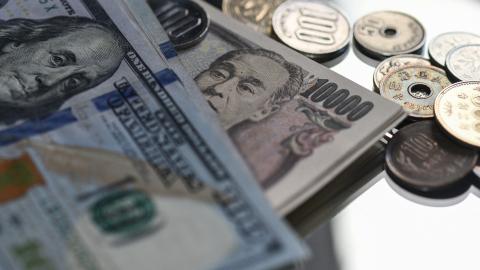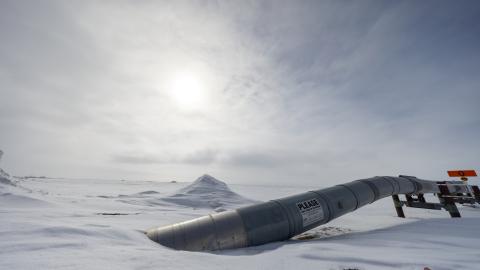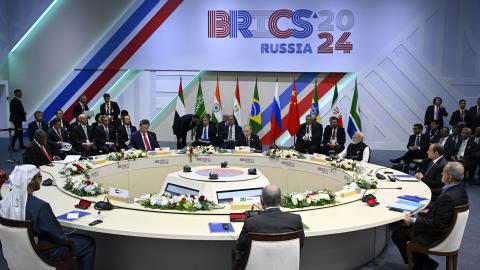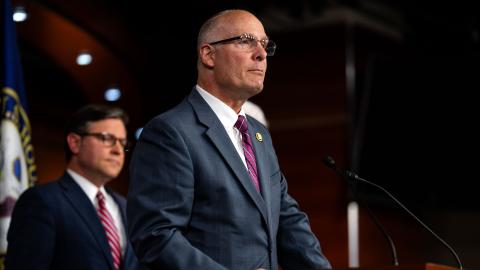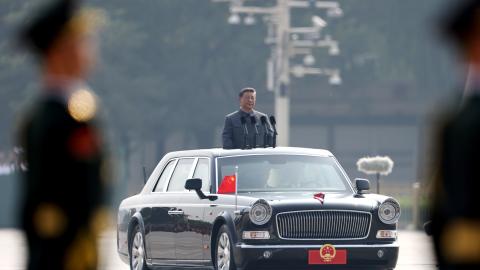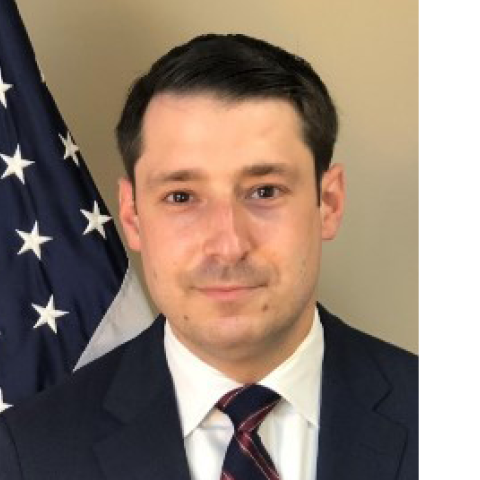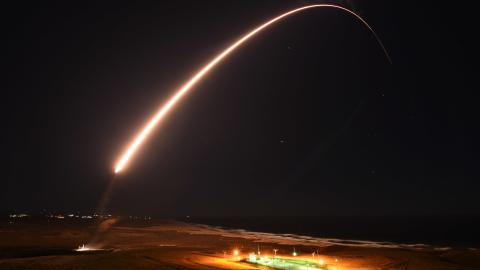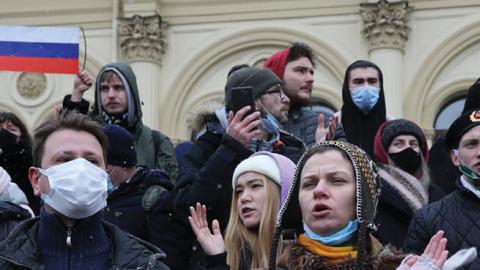Vladimir Putin’s arrest of Alexei Navalny, the nationwide protests that followed, and the Solar Winds cyber-attack demonstrate the rough veneer of U.S.–Russia relations that President Biden must now navigate. An Obama-era “reset” is out of the question.
Beneath this razor-edged surface are the long-term prospects for Russo-American cooperation as exemplified for instance by the Kremlin’s hybrid intervention in Belarus in the fall of 2020. But it is the statesman’s task to see beyond the immediate political crisis, cut through confusion and contradiction, and chart a wise course into the future. Every possibility must be reviewed. Even a partnership with an ethically repugnant geopolitical foe.
Ironically, the Belarus intervention reveals more clearly one of Putin’s core motivating factors. For all his pretentions of international strength and domestic unity—including the supermajority he commands in every presidential election—Putin still views a color revolution within Russia as a real possibility. Although the Kremlin gained control of Crimea, the Ukraine crisis generated significant political costs. Russia is now wholly responsible for a small enclave of Eastern Ukraine with no domestic economy. Its occupation of five percent of Ukrainian territory has earned it the Ukrainian population’s lasting enmity, both in the country’s west and its east. And while sanctions pressure has not destroyed the Russian economy, it has at least undermined it.
Read in Strategika
